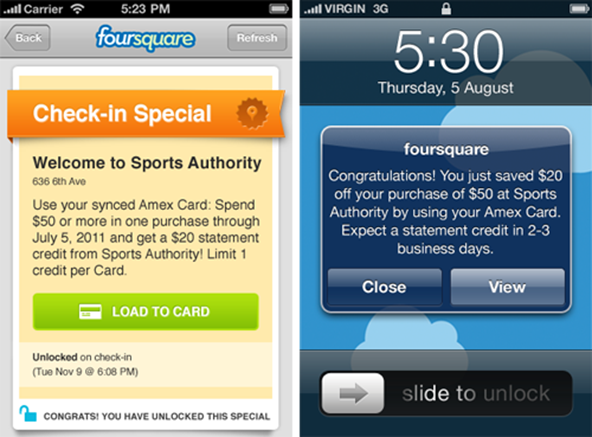Merchant Account Reserve

In the payment card industry, reserve is a specified percentage of the merchant’s sales deposits that is retained by the processing bank in an escrow account to serve as a protection against future chargeback exposure or to cover existing chargebacks. The reserve’s amount is determined during the merchant account application process and is estimated as a portion of the expected monthly revenue from the applicant merchant’s card transactions.
Reserves are typically imposed on merchants that operate in high-risk industries or have little or no card processing experience. Reserve accounts do not last indefinitely and after the satisfactory completion of a predetermined period — typically six months to a year — the withheld amounts are returned to the merchant. In the case of a rolling reserve, a predetermined amount is held every month for a certain period. On the month following the expiration of this period, the first month’s reserve amount is released to the merchant. The next month the merchant gets the second month’s reserve amount and so on until there is no longer a reserve.
Certain business operations are considered higher risk than others, because historically they have generated higher levels of chargebacks.?áAll merchants that operate in a?ácard-not-present environment fall into this category. Mail order, telephone order and e-commerce merchants are prime examples. Yet, only a small percentage of these businesses will be asked for a reserve, as most merchants within this category do not present a huge chargeback liability. The biggest factor that influences an underwriter’s decision on whether or not a reserve should be required is the level of risk that the applicant merchant’s operations present. Typical high-risk operations display one or more of the following characteristics:
- Selling specific types of products or services, such as adult products, auction houses, companion / escort services, coupons / certificates / prepaid or gift cards, dating services, diet / weight loss programs, membership-based services, etc. If an applicant’s operations fall into one of the above listed category, this could be sufficient for imposing a reserve.
- High average transaction amount.
- High overall processing volume.
- The applicant business has previously had its merchant account terminated.
Underwriters may also impose a reserve on an applicant with bad credit history, in addition to requesting a personal guarantee. When a reserve is required, the minimum reserve amount is typically set at about 20 percent of the anticipated card processing volume. New merchants are usually allowed to build up their reserve by sending in transactions which are not withdrawn until the minimum reserve amount is accrued. After that, the merchant is allowed to withdraw the excess funds for transfer to their designated bank account.
Each processor has its own underwriting policy, so it is a good idea that you request several credit card processing proposals, when looking for a merchant account, and compare the proposed terms. It is likely that one processor will ask for a reserve, while another will not. A reserve requirement, however, is just one of the?áfactors that you should consider when selecting a payment processor for your organization. Processing costs, customer service, transaction reporting capabilities, chargeback and risk management tools, fraud prevention services are all very important and should be carefully evaluated.
Image credit: Airportsinternational.com.



I am an e-commerce start up company. My bank that I have over $200K in deposits put me through the “Due Diligence Ringer” when setting up my
Merchant Services Account. At the end of the 3 week process, they Slammed me with a $20,000 Reserve ! I have no idea how long it will take me to sell $20K of product. I think they are unfairly taking advantage of me. What % of estimated monthly sales is the norm for a reserve ? Can I report them for unethical business practices ? I so to what Agency ?